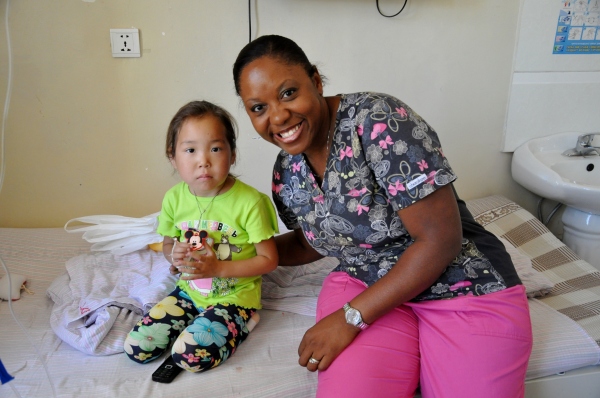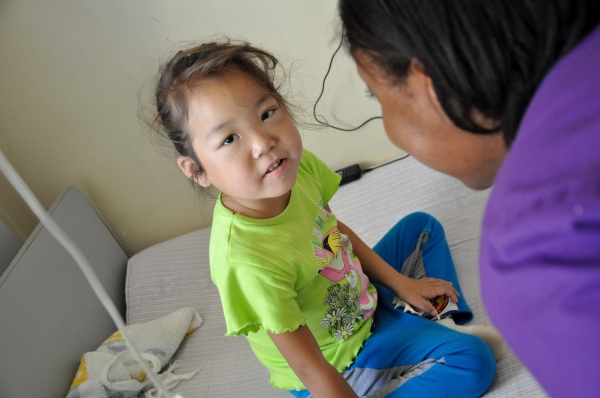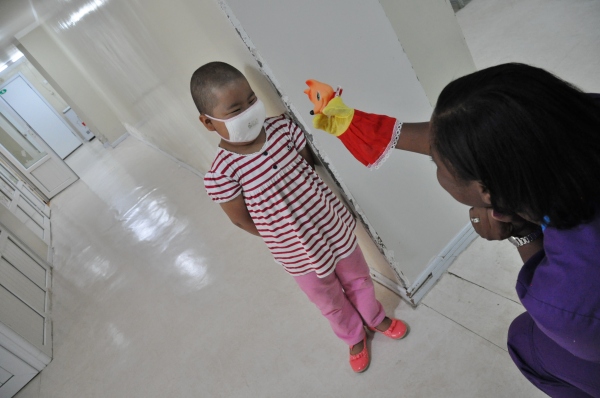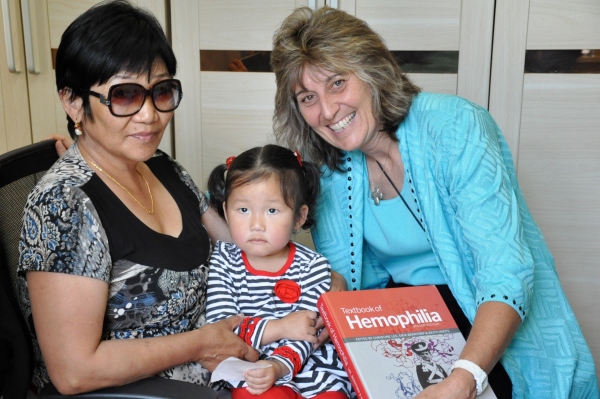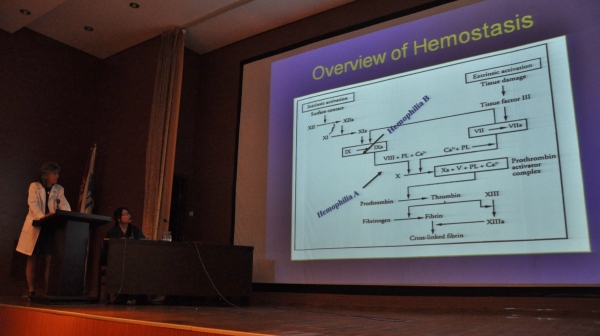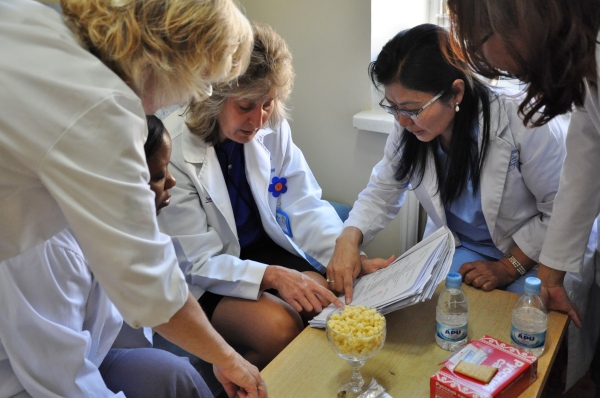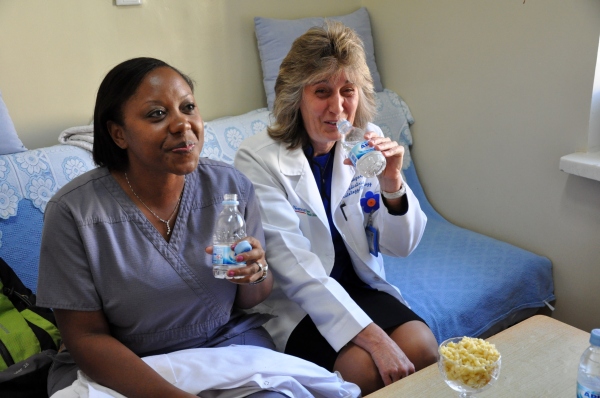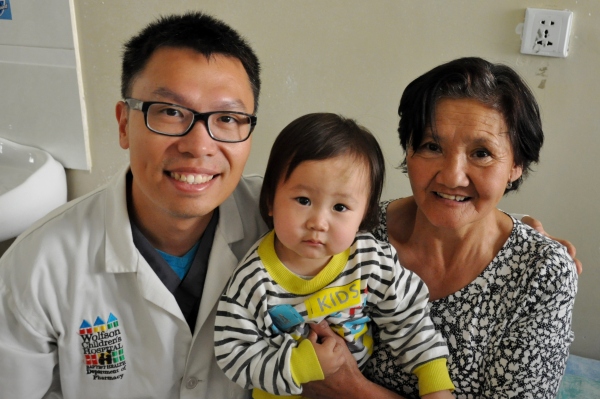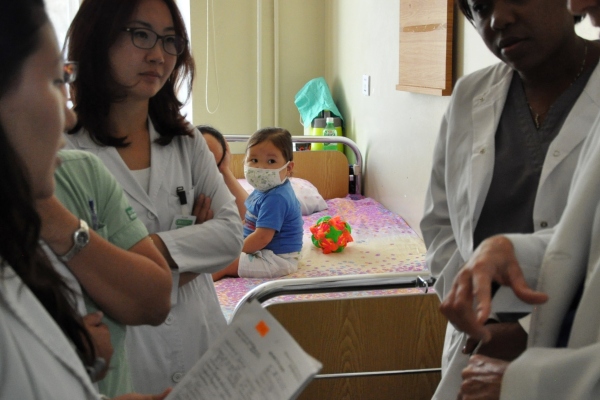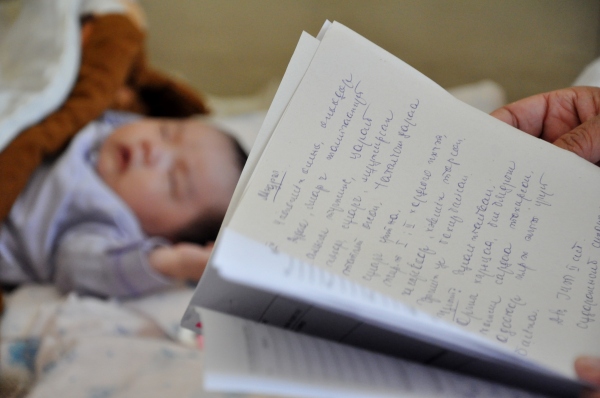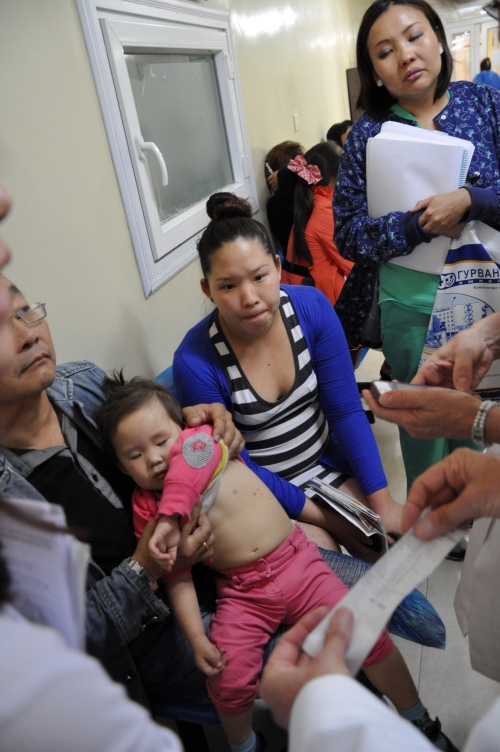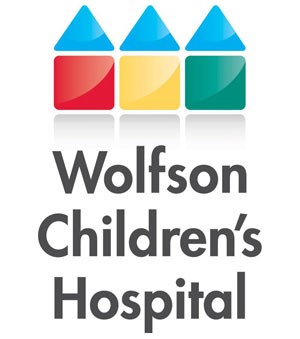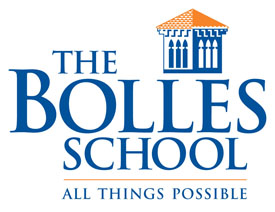
Telling Jonathan’s story
It has been two years, Jonathan. First time I went in 2012, I was inspired by your dream and wanted to be part of the team to live it out. I went without knowing much about this country Mongolia that fascinated you, except that the people are traditionally nomads and their country neighbours my motherland.
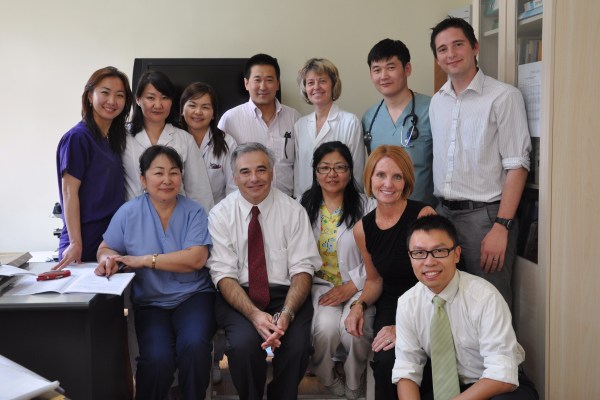
2012 Mongolian Team

On his way to the naadam horse race (2012).
With Candace’s and the boys’ great emotional support, I packed my bag and went! I was blown away!! I went home deeply inspired and touched. I then understood why you were so fascinated about Mongolia! The people there are so pure, content, positive, and happy. Living their simple lives in the endless plains of the Mongolian Steppes, enjoying happy times with their family closely bound by their deep traditions in the warm gers, going through harsh winters with perseverance and strength, without fears… They have so much in common with you! I was touched by their courage and strength to live… as nomads, as warriors against cancer. I learnt the love that drives them to go on: the love of lives and nature; the love for their families. I was moved by the innocent smiles that the Mongols patients had, even when battling life threatening diseases… just like you did. I was touched by the love that the parents showed by being with them and holding them tightly… just like your parents did. I learnt fatherhood at a deeper level when Steve was running around collecting Mongolian stones for you, and when he was praying in silence in Karakorum, and him turning your love into helping others. I was inspired by the love of the doctors and nurses in Mongolia taking care of their little patients, even putting them before their own families… just like your doctors and nurses did. I got to know two missionary families who went way way way before us to the Land of Blue Sky answering the Lord’s calling, taking care of Mongol children and being living testimonies of Christ’s love. Two years later, these inspirations didn’t fade a bit; they only grew stronger!
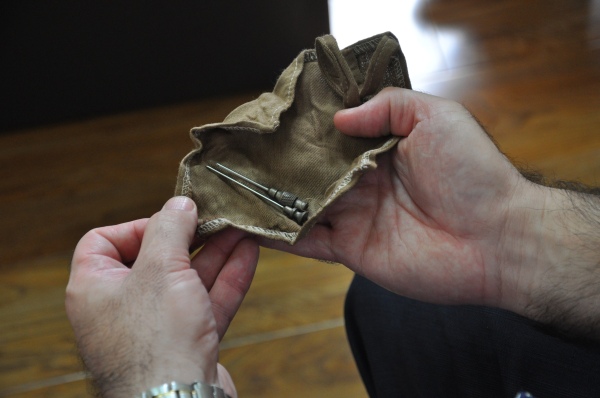
Bone marrow needles used by the hospital in 2012. They now have single-use needles.
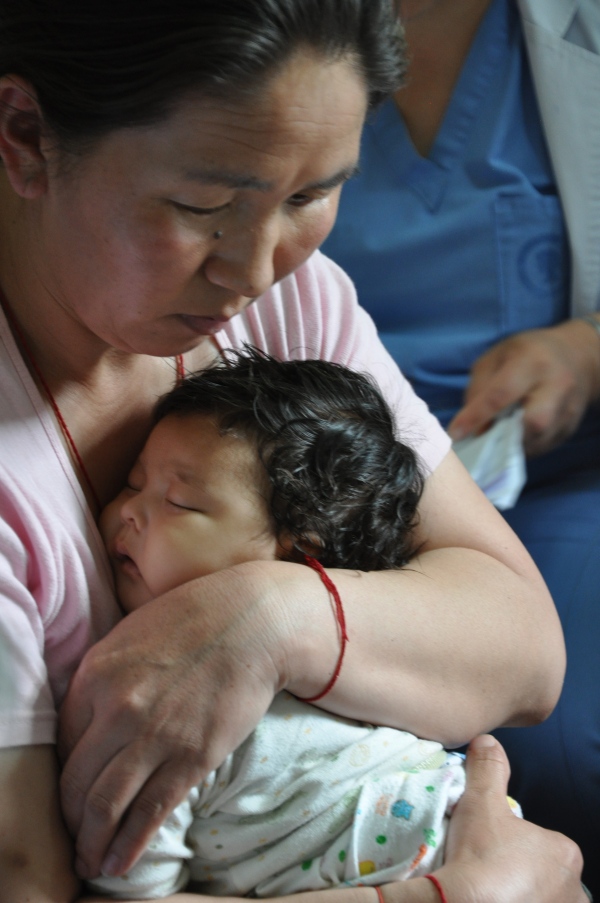
A mother holding her child tight.
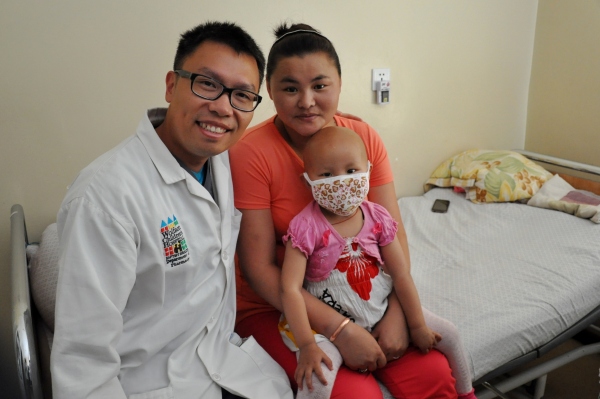
Visiting with patient and her mother.
Thank you so much, Jonathan. I would not have the opportunity to learn and experience all these without you. Thank you for having such wonderful dream and letting us be part of it. Jonathan, I thank our Father for giving you such a loving heart and being such strong living testimony of His love and sacrifice. I can tell you that we made many friends in the Mother & Children’s Hospital and we are honoured to partner in battling childhood diseases in the U.S. and in Mongolia. There are many things that we have learnt from each other. We are making many changes to take better care of the patients entrusted to us because of you! Although I may not be able to go back to Mongolia in the near future, I am forever bound with them via the friendship that is beyond time and space, just like ours.

2014 Mongolian Team.
Please continue to watch over us and inspire us. We are honoured to partner with you to do all these and I will continue to tell these amazing stories… all started by one child’s dream. The time will come when we meet again and chat and laugh over our little travel stories in person (milk curds in coffee, fly camp, Russian van…), until then, take good care of yourself and your family.




